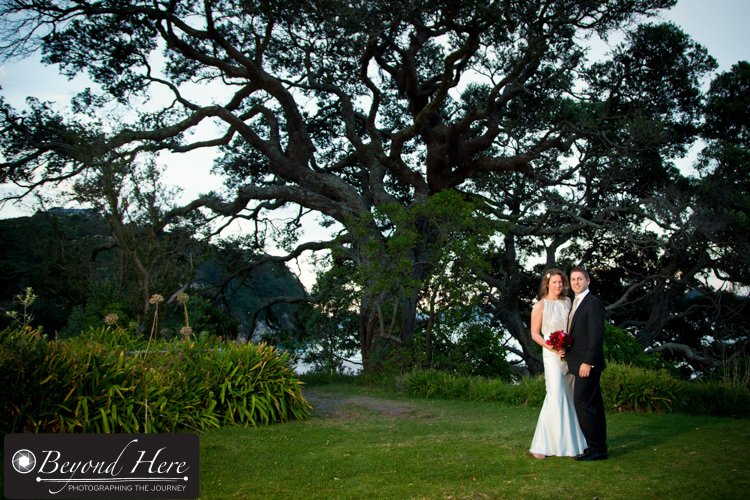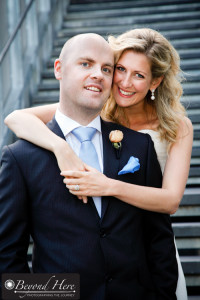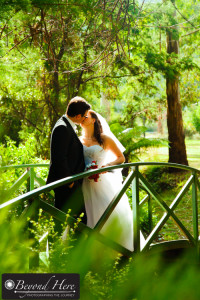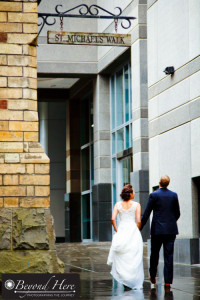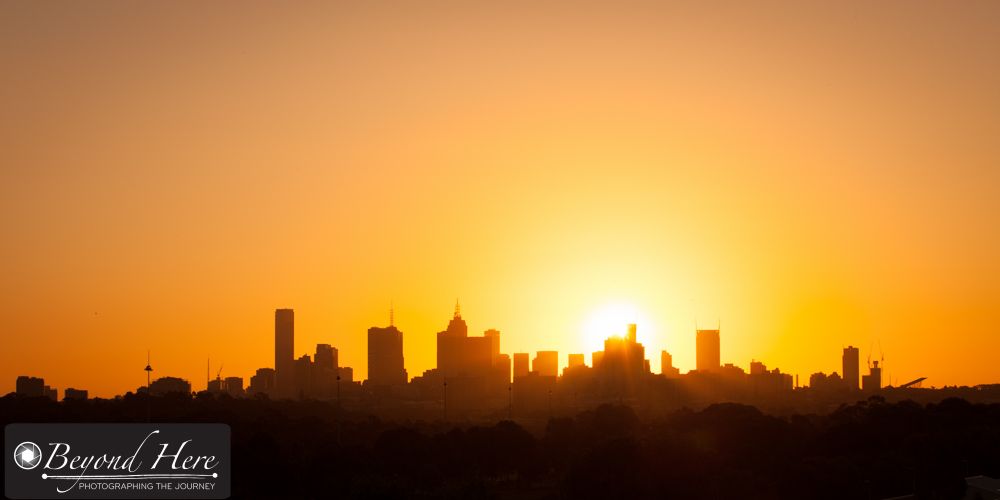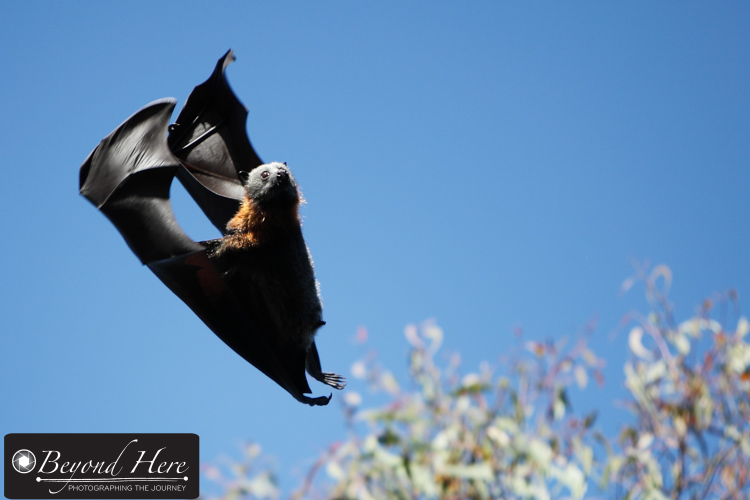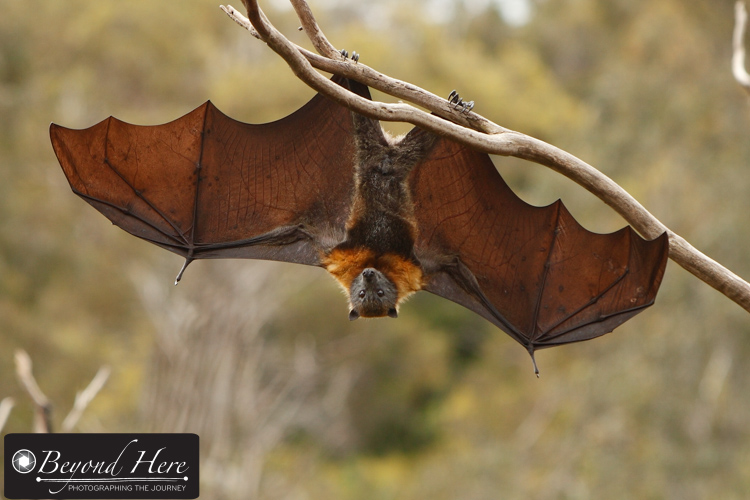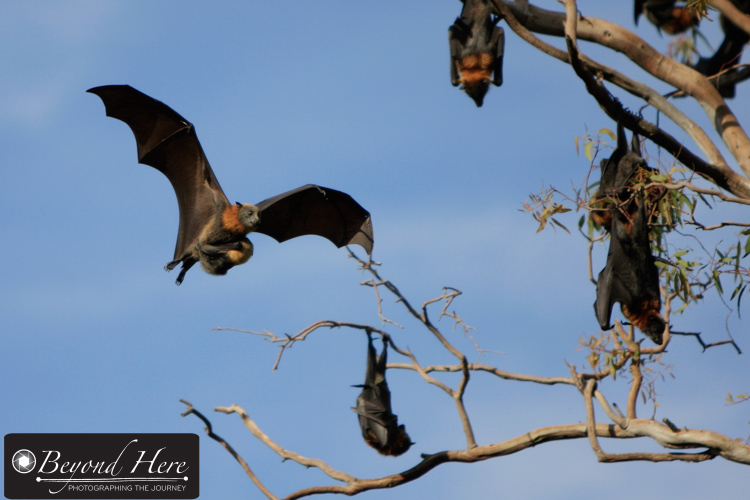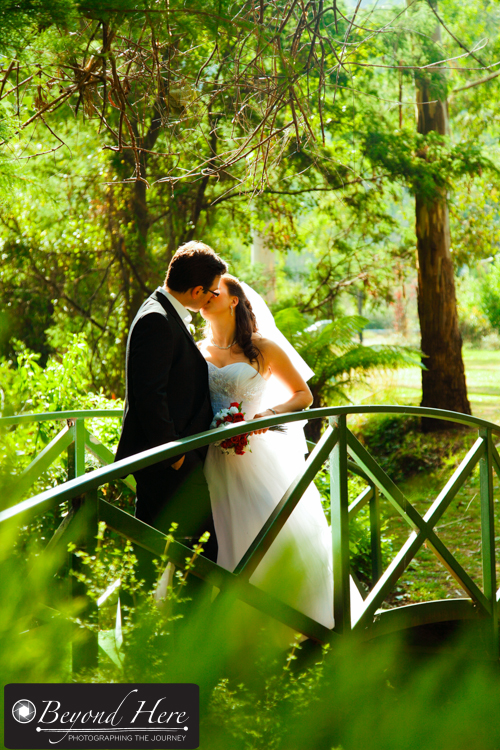 Last weekend I photographed a lovely wedding in the Yarra Valley in Victoria, Australia. I had a talented photographer assisting me – it was her first wedding photography job. Like all weddings, it was a challenging, exciting, and tiring day. We discussed many elements of shooting a wedding in the days prior, and on the day of the wedding. Today I condensed these into tips for your first wedding photography job. I listed all the tips and have come up with 28! But lets start with 7 tips for your first wedding photography job. Depending on reader feedback, I will add extra posts with additional tips.
Last weekend I photographed a lovely wedding in the Yarra Valley in Victoria, Australia. I had a talented photographer assisting me – it was her first wedding photography job. Like all weddings, it was a challenging, exciting, and tiring day. We discussed many elements of shooting a wedding in the days prior, and on the day of the wedding. Today I condensed these into tips for your first wedding photography job. I listed all the tips and have come up with 28! But lets start with 7 tips for your first wedding photography job. Depending on reader feedback, I will add extra posts with additional tips.
Tip #1 – Expect a Long and Tiring Day. Wedding photography is often an all day event and you need to prepare for a long day. This weekend, we started at the bride’s house at 11am and left the reception just after 10.30pm. Expect a long day and pace yourself. Take something with you to eat. Drink plenty of water. Don’t expect the couple to provide everything for you. We took snacks and drinks in the car and had them as we travelled.
Tip #2 – Fit With the Couples Needs. I previously wrote a post called Preparing For Wedding Photography Success where I talked about the importance of knowing your client and what they want on their wedding day. You need to have prepared for this in advance. If the couple don’t like posed kissing shots – don’t ask them to pose and kiss. Fit in with what they want. If they want informal, documentary style wedding photography – that’s what you need to deliver. If formal family portraits are important to them – make sure you shoot formal family portraits. Deliver what the couple wants with your own unique approach.
Tip #3 – Know Where Your Gear Is. Weddings are busy. You will be carrying your gear and putting it down. Picking it up again, moving, putting it down again. It is critical to know where you gear is at all times. I carry a fairly small bag with all the equipment I expect to use in it. I have back up gear and additional equipment which I leave in the car. In my bag – each piece of equipment stays in one place. If I need additional batteries I know where they are. If I need a new memory card, I know where they are. If I need a different lens – it has its place and I know where to find it. Earlier this year I was at a wedding where the photographer was about to leave the bride’s house to go to the ceremony. He suddenly realized that he didn’t have his 70-200mm f2.8 lens with him. It wasn’t in his bag – he had left it in the bride’s house. The bride had locked the door when she left and the photographer couldn’t get back in. After several frantic phone calls, he got a key from a neighbor and was able to retrieve his lens. A happy ending to a very stressful few minutes. Once you have finished using a piece of equipment put it back in your bag – don’t leave it on the kitchen bench.
Tip #4 – Change Memory Cards and Batteries During Down Times. It looks really unprofessional to change your batteries or memory cards at a key moment in the wedding day – particularly during the ceremony. Change batteries and memory cards during the down times. For example, when you have shot all the ‘getting ready’ images and are driving to the ceremony – this is an ideal time to change batteries and memory cards. You don’t want to have a full memory card a moment before the couple are pronounced man and wife!
Tip #5 – Don’t Overshoot. It is an easy mistake for a beginner to make to overshoot – that is to take too many images. For example, when the bride is getting ready and doing her hair and make up, you need only a few key images. There is no point in having 50 shots of her hair being done if you are only going to use 1 in the album. Take the key shots you need. When you are confident you have an ‘A grade’ image, move on or take a quick break. Don’t overshoot.
Tip #6 – Plan Your Travel Times and Leave a Buffer. Travelling between locations can be very stressful if you don’t allow enough time. Last weekend, we started at the bride’s house, then traveled to where the groom was getting ready, went back to the bride’s house, and on to the venue for the ceremony and reception. They were all within fairly close proximity and so it was not too difficult. For a 30 minute drive I allow 40 minutes. Then a small delay in traffic or through road works are not enough to stress me out. Plan more time than you really need. Then you can check your shot list before you walk into the next venue.
Tip #7 – Surprise the Bride and Groom. I like to provide a positive surprise for the bride and groom to finish their wedding day. At the end of the day they will be feeling a sense of tiredness, relief, and excitement. I know some photographers who surprise them with a print. They take an image early in the day, and while the ceremony happens, they are having a print made. At the end of the reception the photographer presents it to them. I like to get home and pick a few key images. I quickly edit them and email them to the bride. She has a high quality image to show friends and family the next day. Often that image gets posted on social media the next day or carried on a smart phone and shown to friends and family during the honeymoon.
So there we are – 7 tips for your first wedding photography job. Please let me know your comments by adding a comment to this post, or emailing me at craig@beyondhere.com.au I have 21 more tips to follow!
If you’d like to automatically receive a weekly update from Beyond Here please sign up by adding your email address at the top of this page. Thank you for reading 7 tips for your first wedding photography job.




